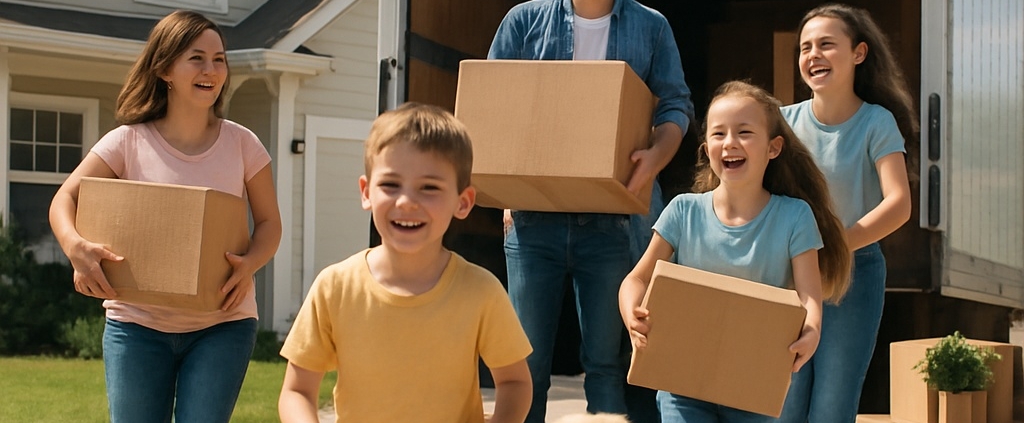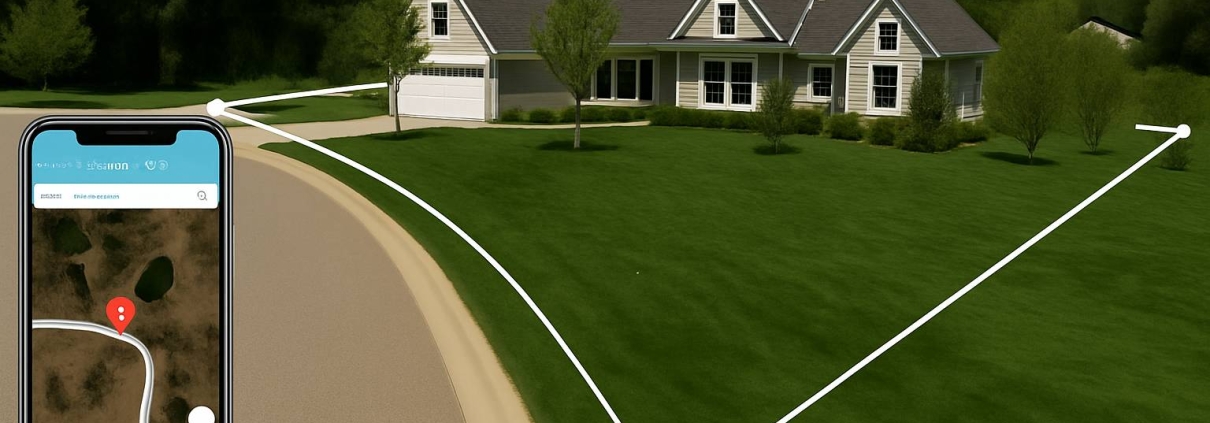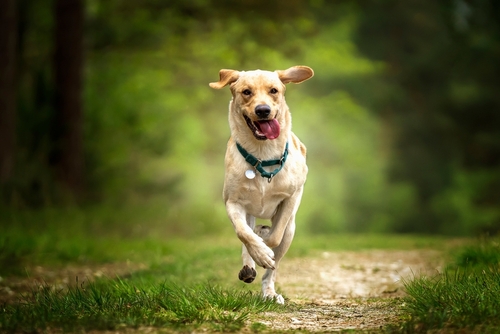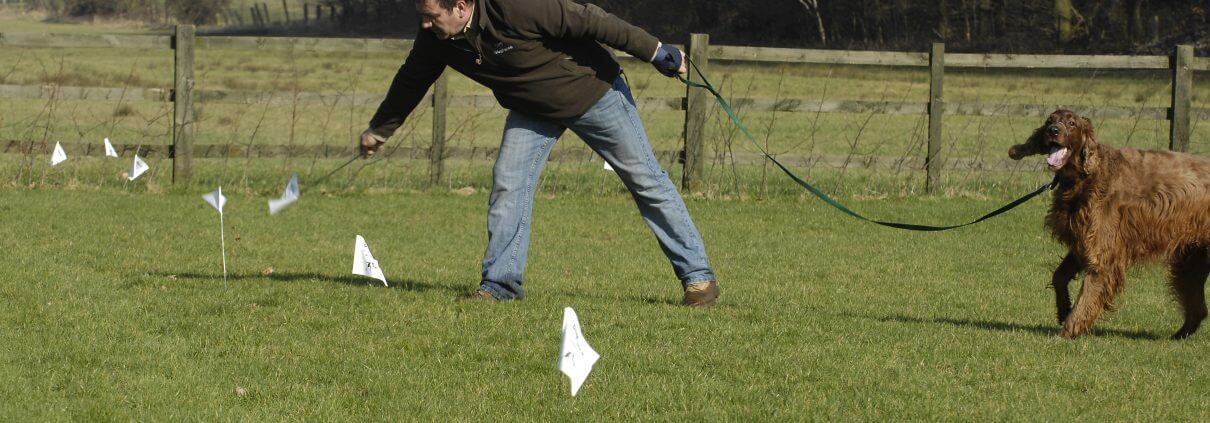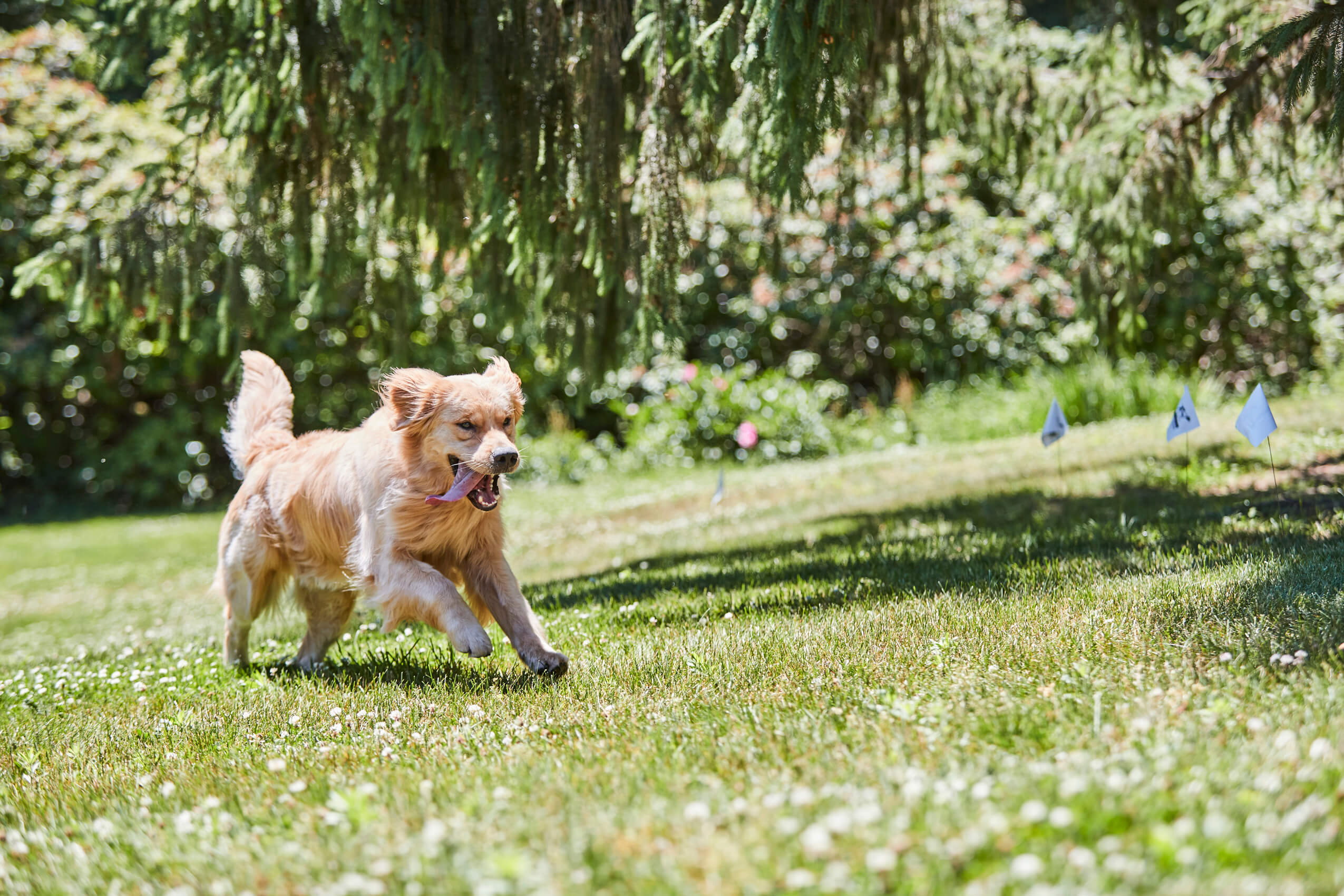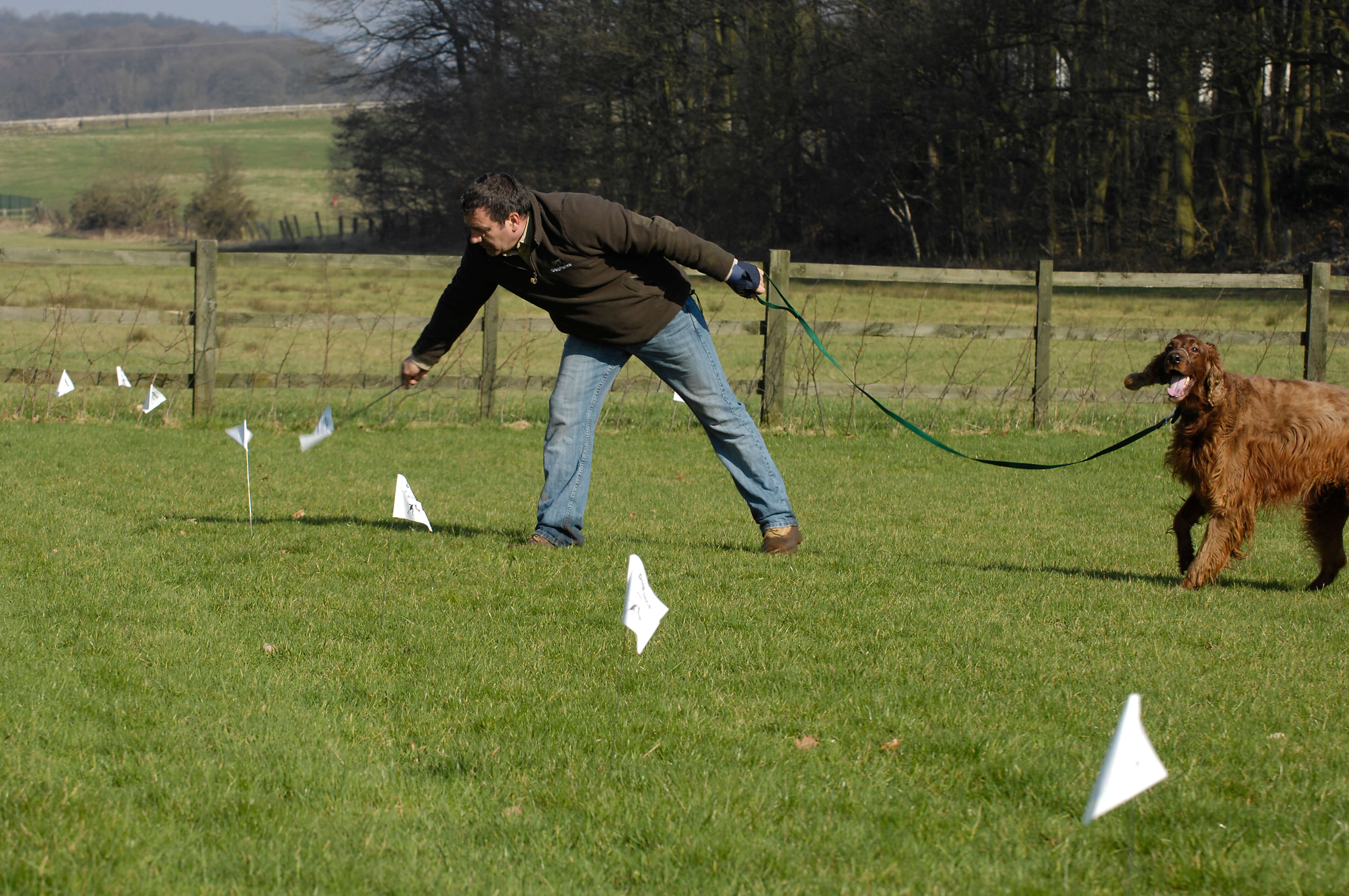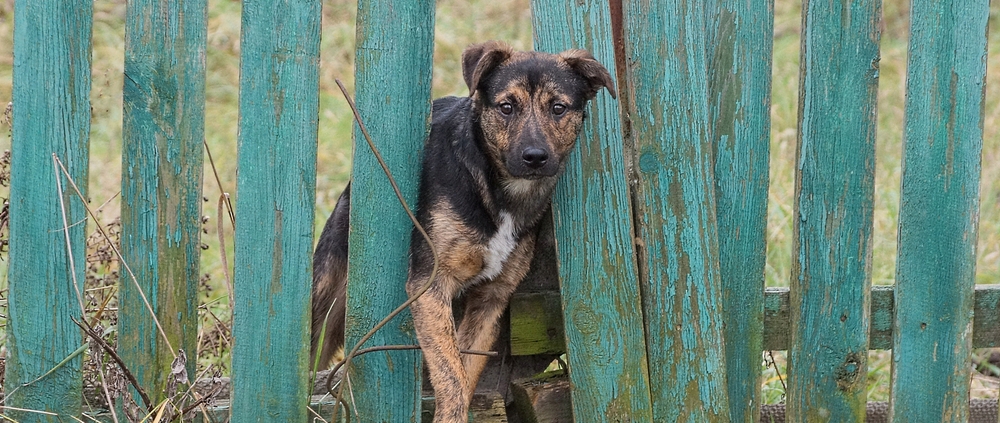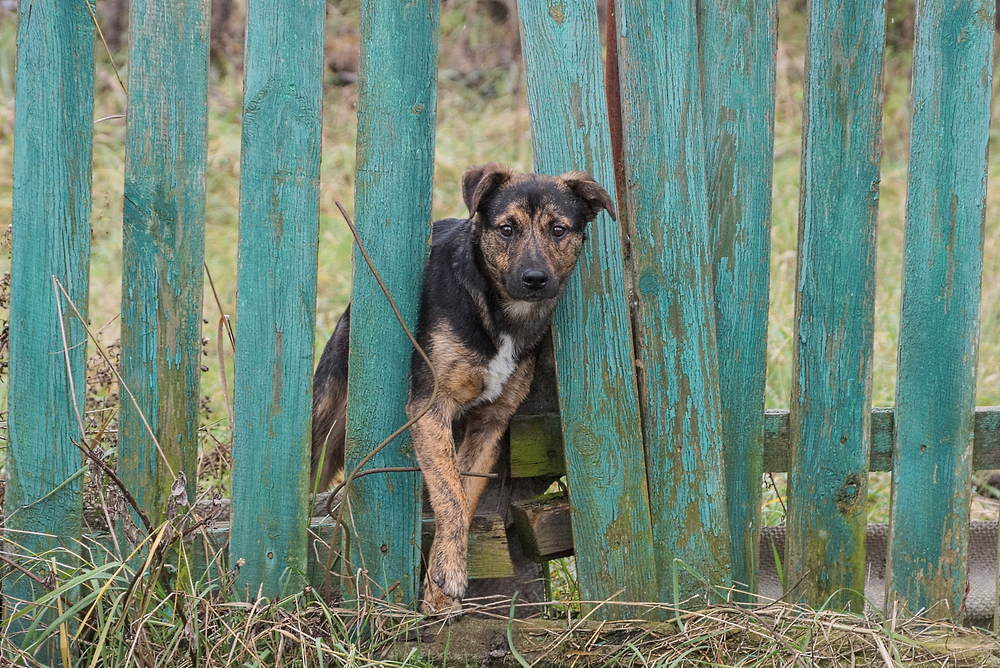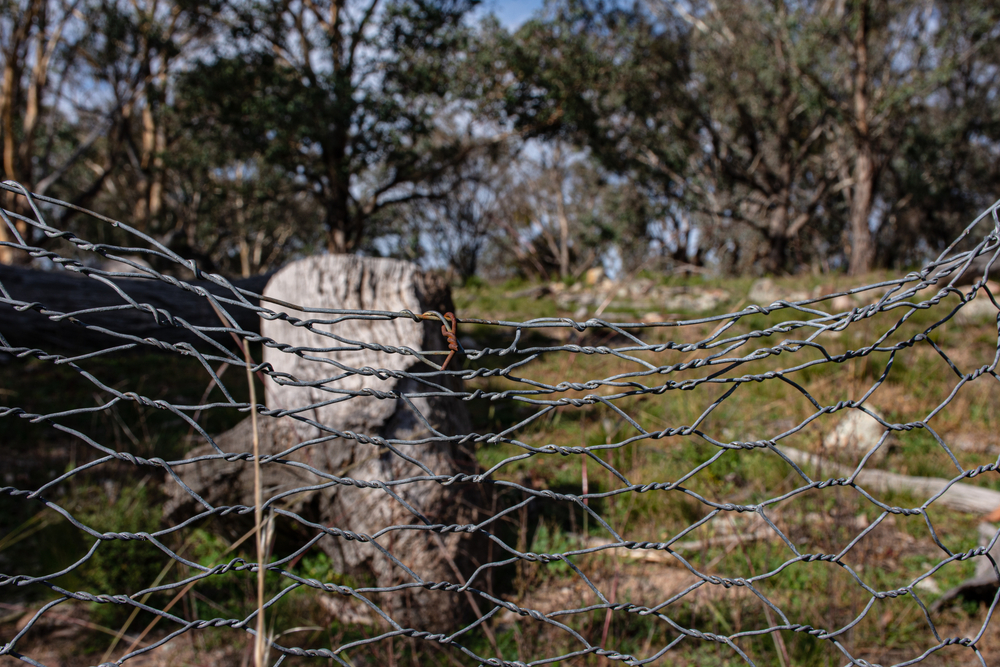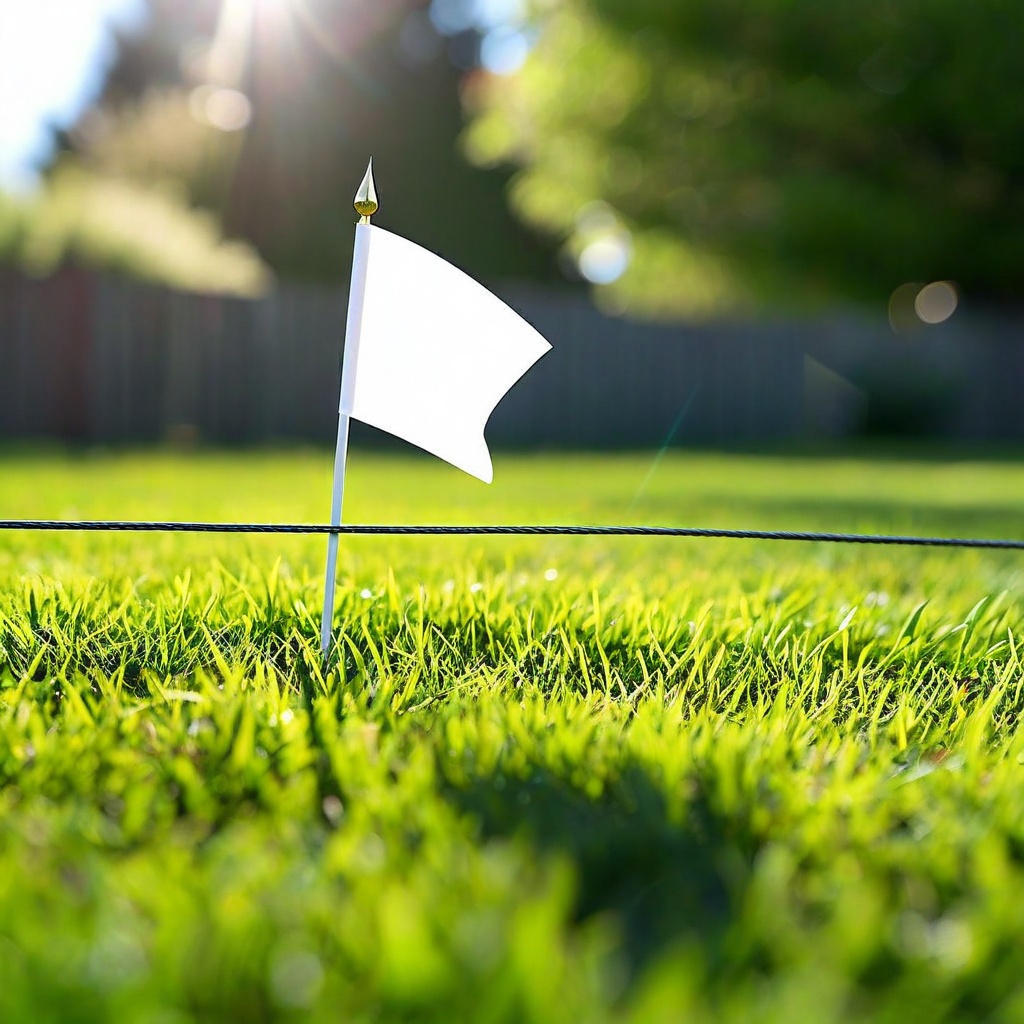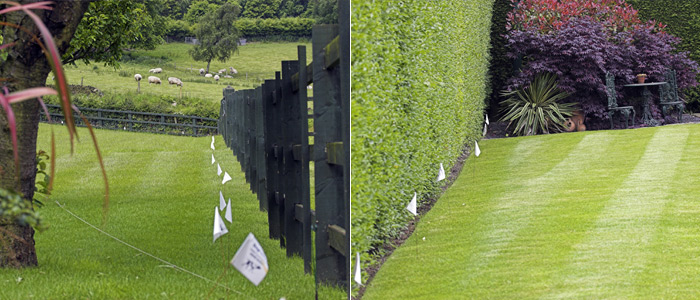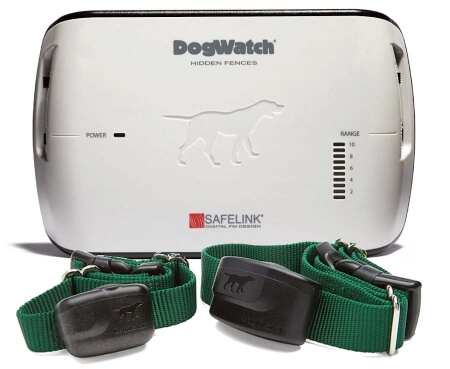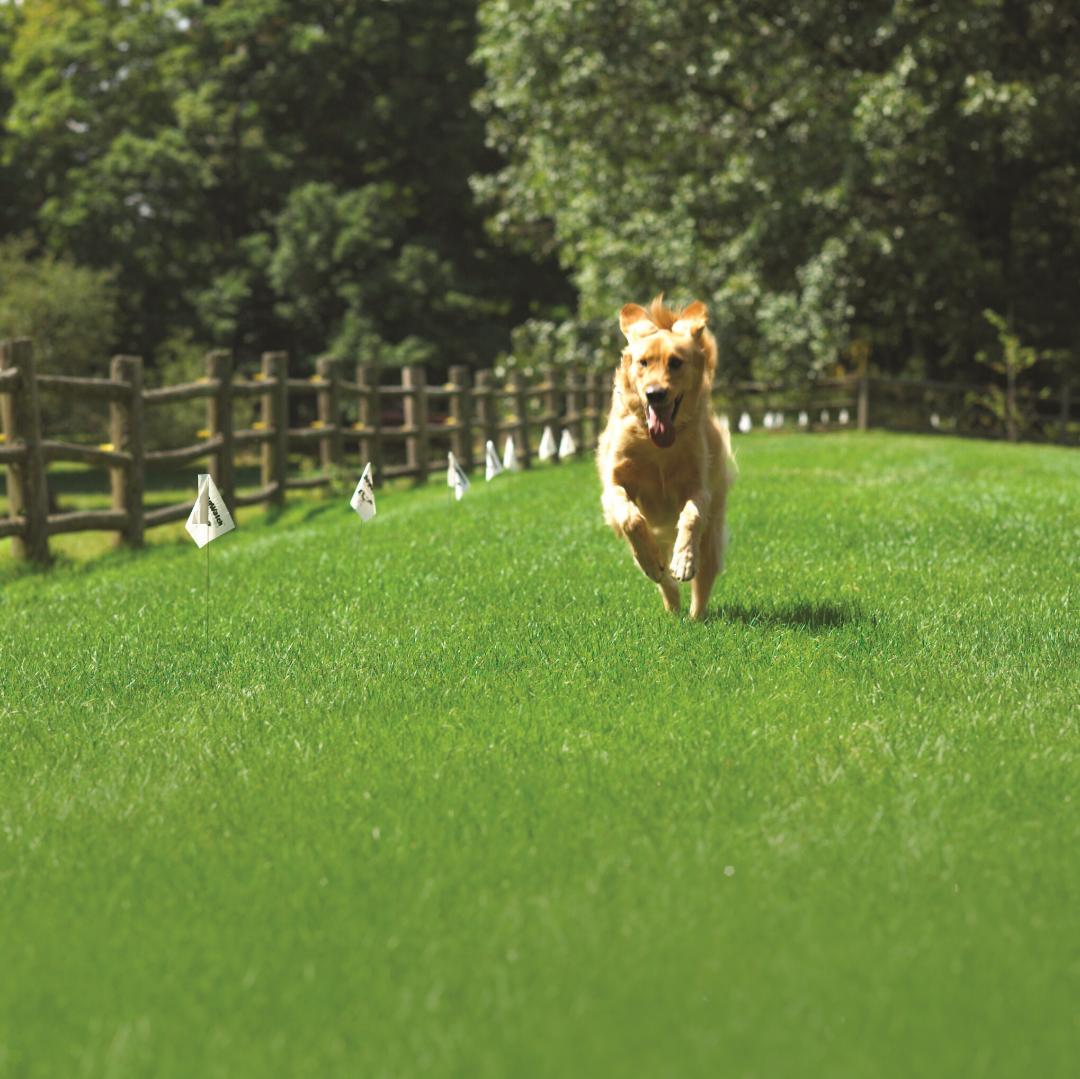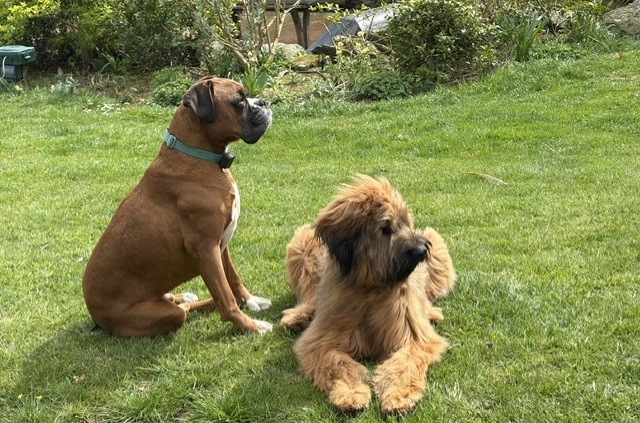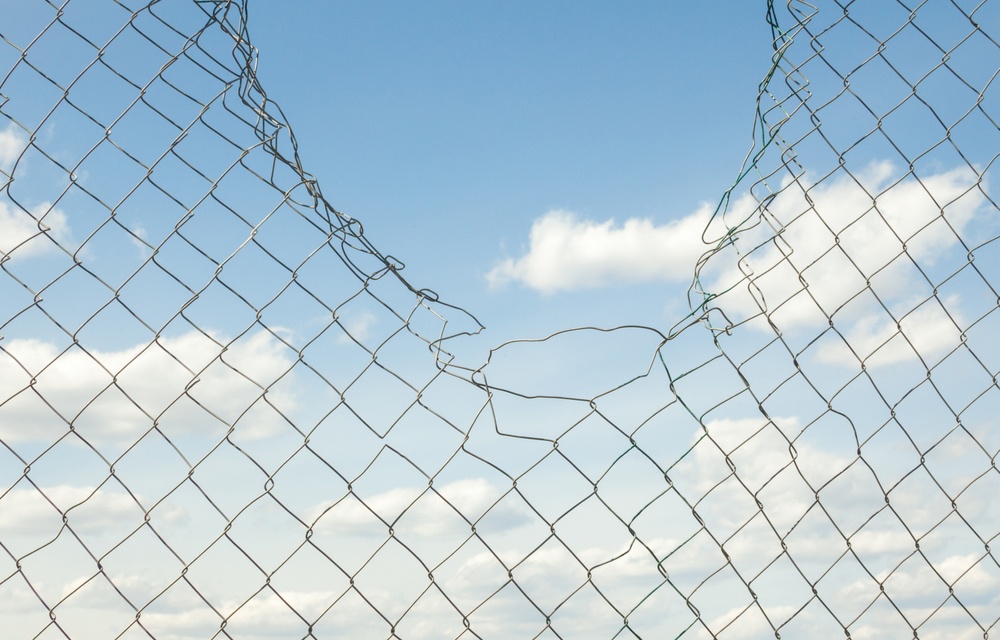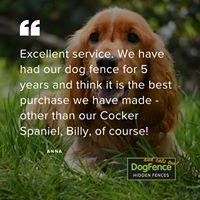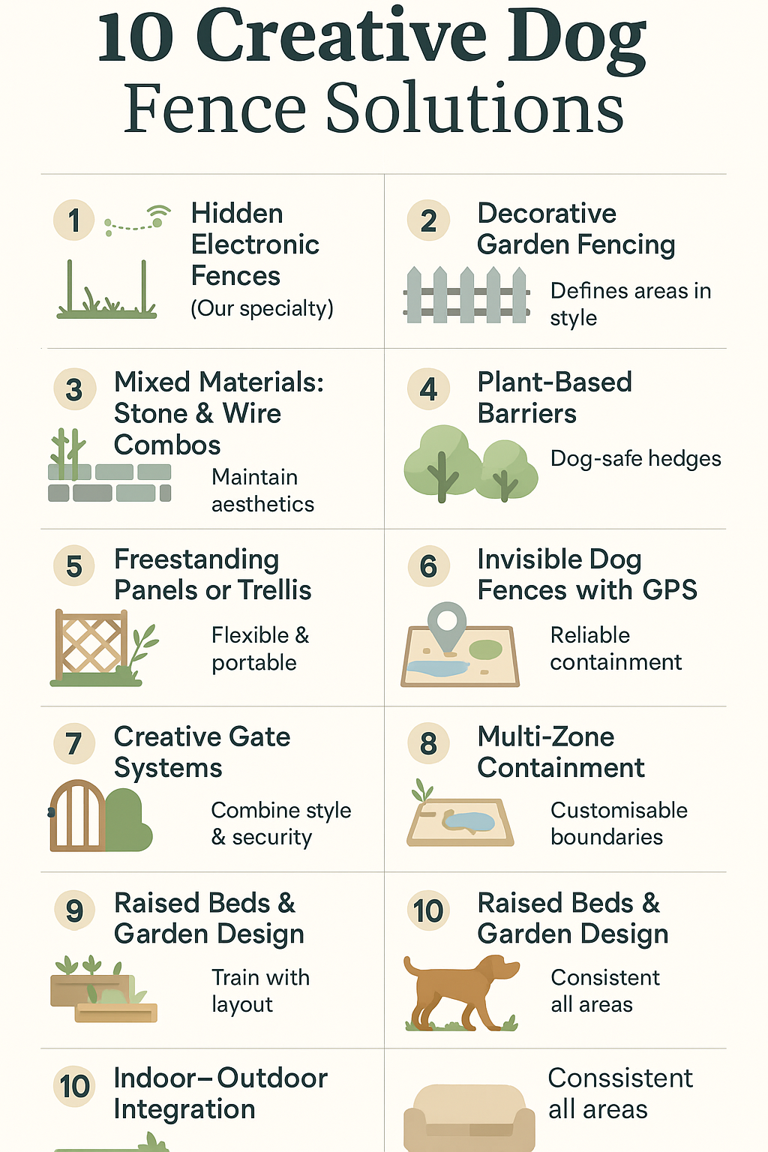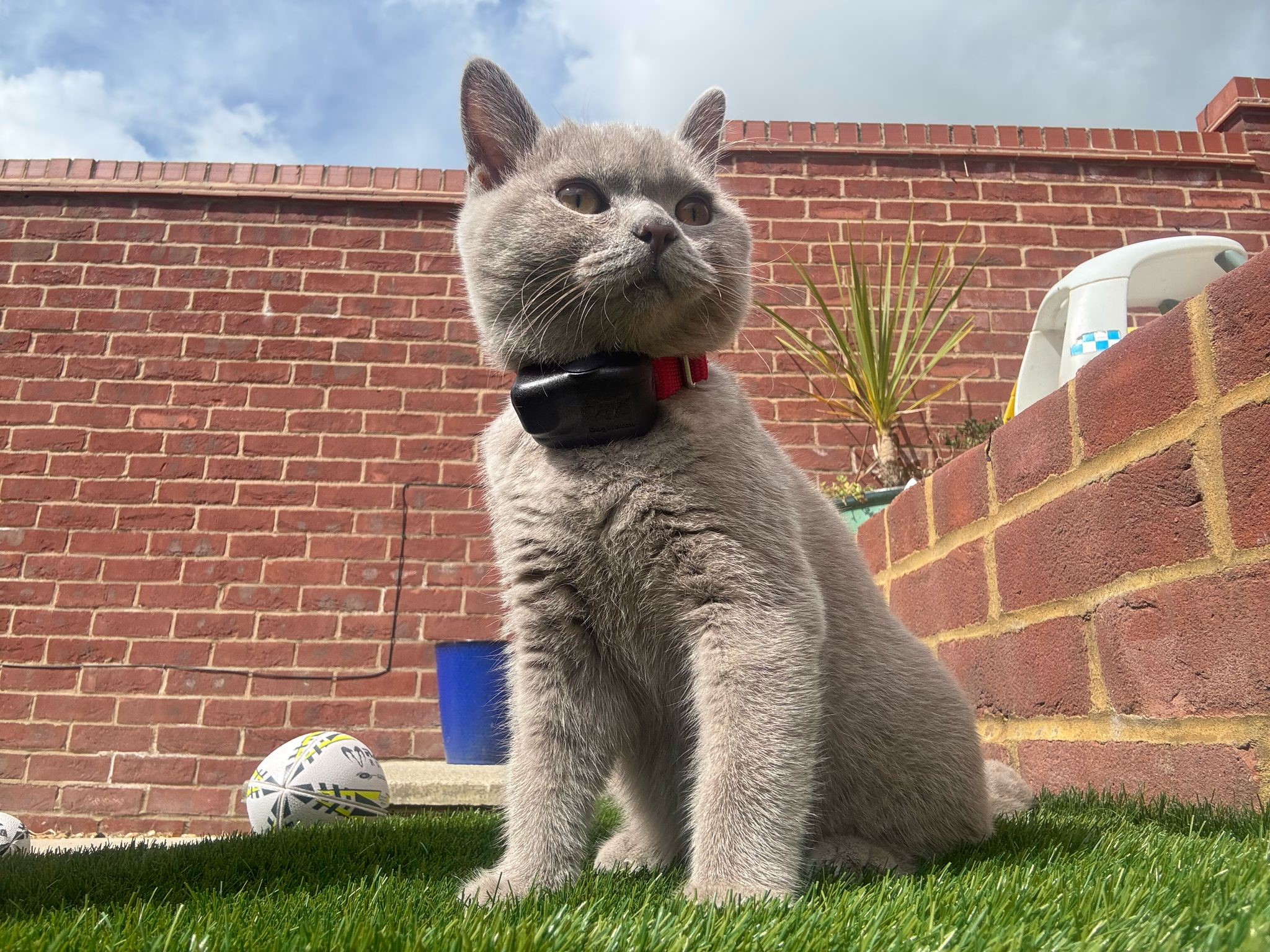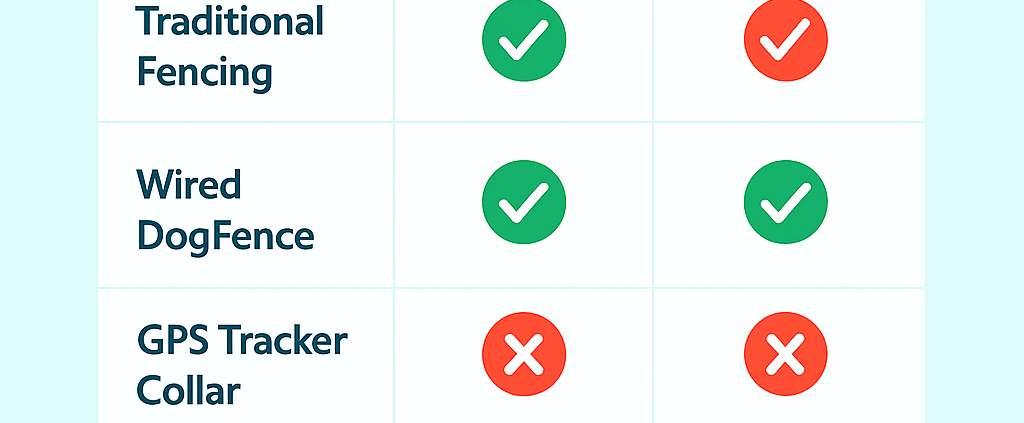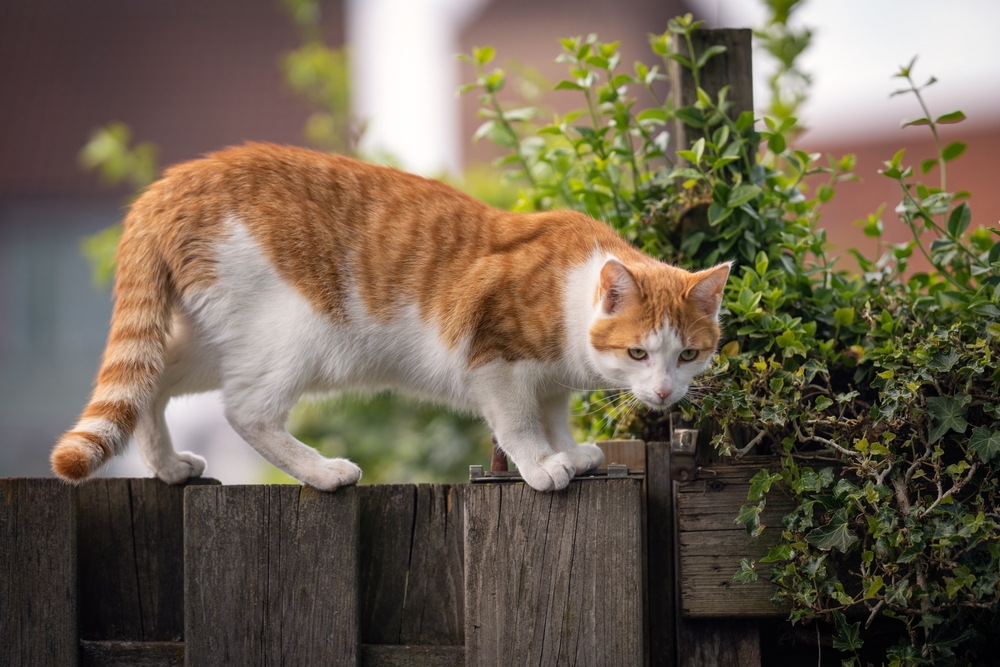What is a Radio Dog Fence: FM vs AM Explained | DogFence Ltd
What Is a Radio Dog Fence?
A radio dog fence works by sending either a coded AM or FM signal through a small boundary wire that’s laid around your garden or designated safe zone. The system does not carry any electric current in the wire — it’s completely safe to touch, even if the wire is cut or damaged.
Instead, the boundary wire acts as an antenna, carrying the AM or FM radio signal from the transmitter. This creates an invisible 360-degree signal field around the wire. The width of that field — known as the avoidance zone — can be adjusted to suit the size of your garden, your pet’s temperament, and the layout of your property. An average setting is around 4 ft on either side of the wire.
Your pet wears a receiver collar that’s programmed to recognise only the unique AM or FM signal produced by your DogFence transmitter. As your pet moves towards the boundary:
- The collar emits a warning beep as they enter the avoidance zone.
- If they continue forward, the collar delivers a gentle impulse alongside the beep.
At DogFence all our systems use a digital FM signal.
With professional training, your pet quickly learns that the warning tone means “stop and return to the safe area.” Once your pet moves back into the safe zone, our FM receiver collar instantly shuts down — there’s no lingering correction or delay.
In contrast, AM-based systems typically have a slower response and hang-on time (often 2–5 seconds), meaning the correction can continue even after the pet has turned back. The FM system avoids this issue entirely, offering a faster, safer, and more reliable response.
The result? A containment fence that offers both freedom and safety for your pets — and peace of mind for you.
Learn more about how our DogFence system works.
Radio Dog Fence: FM vs AM Compared
The difference between AM and FM is easy to understand if you think about car radios:
-
AM radio often sounds crackly and suffers interference.
-
FM radio is clearer and more reliable.
The same principle applies to radio dog fences:
| Feature | AM Radio Dog Fence | FM Radio Dog Fence (DogFence) |
|---|---|---|
| Signal type | Step signal with “down” gaps | Continuous FM waveform |
| False activations | More likely — collar can pick up stray signals | Rare — FM reacts only to the true signal |
| Response speed | Slower — must double-check | Faster — checks one clear signal |
| Interference risk | High — Wi-Fi, gates, electrics | Very low — FM filters out background noise |
| Pet safety | Timing can be inconsistent | Clear, accurate boundary feedback |
Technical explainer: How Stuff Works – AM vs FM
Why Choose an FM Radio Dog Fence?
DogFence uses FM technology because it’s safer, faster (up to 15 times faster in some cases), and more consistent than AM:
-
✅ No weak spots — FM signals are continuous (wave form, not step form).
-
✅ Fewer false activations — corrections happen only at the boundary (FM signals do not pick up interference).
-
✅ Faster reaction — collars check once, not twice (faster start up and shut down).
-
✅ Gentler training — pets learn quickly when the boundary is clear.
With an FM system, your pet gains freedom without confusion.
-
AM (Amplitude Modulation) systems have to check for two separate signals — a carrier and a modulation pulse — before reacting. This makes them slower and creates brief “gaps” in the signal where interference from Wi-Fi, garage doors, or electric gates can slip through.
-
FM systems like DogFence need to recognise only one smooth, continuous waveform, so the collar responds almost instantly and isn’t confused by external signals.
Because FM operates in a wave form rather than a step pattern, it’s both faster and more stable. That means your dog’s collar activates at the correct point — every time — giving precise correction only at the true boundary, nowhere else.
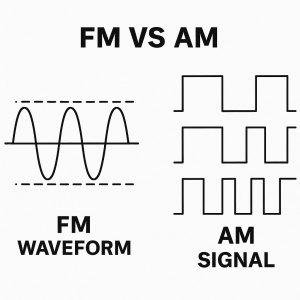
FM vs AM radio dog fence signals – FM uses a smooth, continuous waveform while AM uses a step signal that can cause interference and false activations.
Why is Training Important with a Radio Dog Fence
Training ensures your pet learns the system quickly and confidently. DogFence provides full installation and onsite training for both you and your dog/s or cat/s or even cats and dogs!
What are the important elements of radio dog fence training?
-
Training flags for clear visual markers. A visual for you pet to see.
-
Audible tones as early warnings. An audible tone for your pet to hear
-
Short daily sessions of 5–10 minutes. Little and often – we all learn better in bite size chunks!
-
Custom settings suited to your pet’s breed and temperament. Impulse something to feel.
Most pets understand their new radio dog fence within a week. Many people think a radio dog fence is only for dogs, but with the right technology and smaller receiver collars, these systems are also ideal for safely containing cat
Explore how this also works for Cat Containment.
Aren’t All Digital Systems the Same?
Not quite. Some suppliers advertise “digital” systems, but:
-
Digital AM is still AM — step signals, weak points, interference risk.
-
Digital FM combines programmable digital collars with a strong, interference-free FM signal.
DogFence only uses FM digital radio dog fences — the safest option for UK gardens. Our FM dog fences react almost instantly — up to ten times faster than AM fences. That means if your dog is running at 10mph, they’ll stop about 7 feet sooner, keeping them safely inside your garden.”
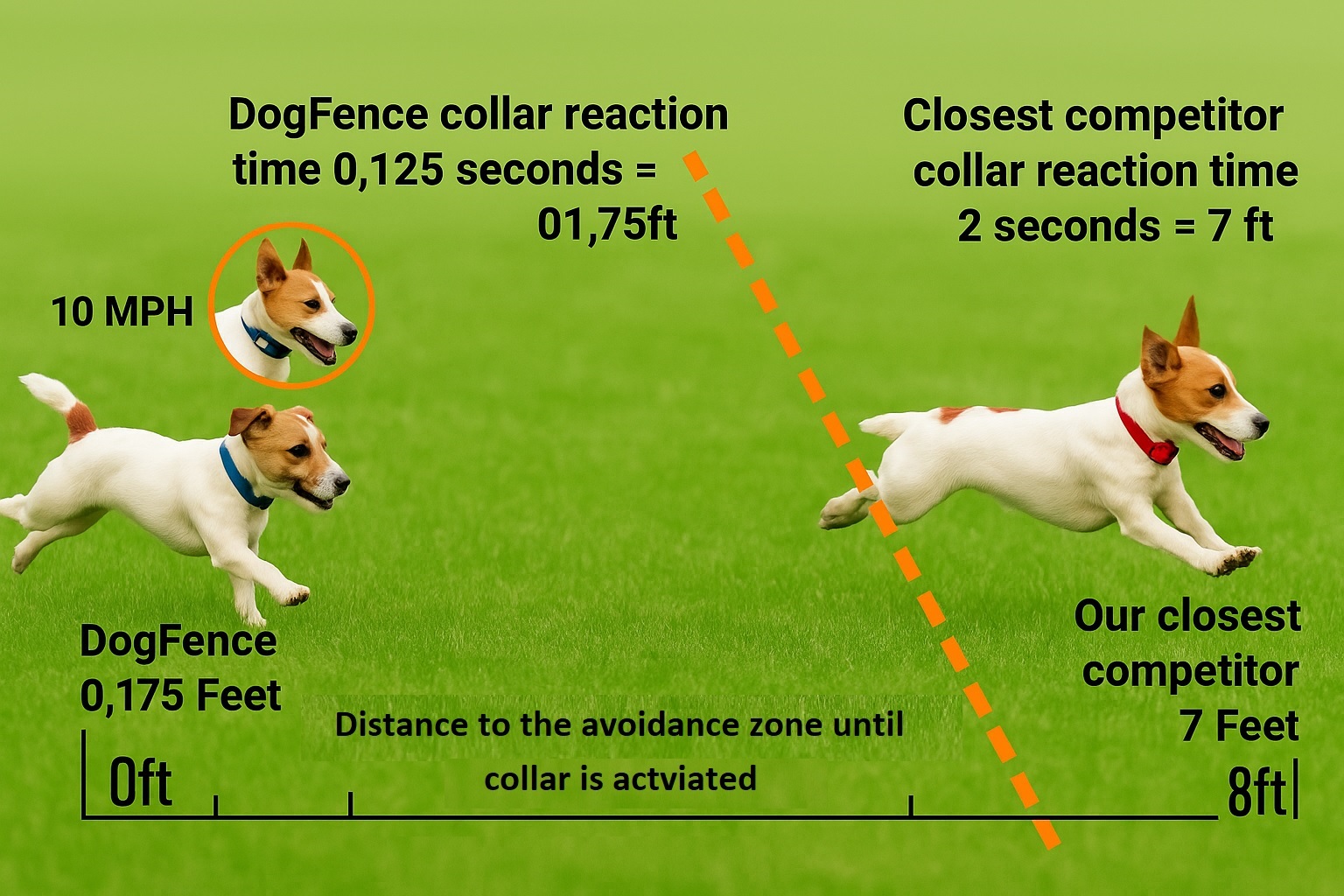
At 10mph, DogFence’s FM collar reacts in just 0.125 seconds—stopping your dog after only 1.75ft. The nearest competitor reacts in 2 seconds, allowing a 7ft run into the avoidance zone
DogFence: Trusted UK Experts
DogFence Ltd has been installing radio dog fences across England since 2003. We were proud to be the only UK company consulted by DEFRA during the government’s review of electronic collars, where our input helped secure the official exemption of pet containment systems.
This exemption recognised not only the importance of correct training and professional installation, but also the built-in safety features unique to our DogFence system.
When announcing the exclusion of containment fences from the wider e-collar ban, the government also indicated plans to introduce legislation requiring all electronic pet fences to be professionally installed.
At the time of writing, these proposed changes — along with the formal e-collar ban — have not yet been enacted into law.
Why are dog fence are the best option to install your electronic pet fence?
-
Over 22 years’ experience
-
Trusted by 20,000+ pets
-
Lifetime warranty & containment promise on installed systems
Want to learn more about how to install a radio dog fence or keep your pet safely contained?
Join thousands of UK pet owners who trust DogFence to keep their dogs and cats safe at home.
Our systems are proven, reliable, and backed by a lifetime warranty.
Contact us today:
01628 476475
info@dogfence.co.uk
Chat with us on WhatsApp


